-
Posts
1,690 -
Joined
-
Last visited
-
Days Won
11
Content Type
Profiles
Forums
Events
Store
Downloads
Gallery
Everything posted by Dave R
-
Regarding the good same, the hilts of these cheaper swords often re-use parts and pieces, which can have been quite high class once upon a time in the past. This one from my collection is a classic. High class same, spiral Ito, but not katatamaki, the kashira is an old kabutogane from a handachi and the menuki is part of a tobacco pouch clasp.
-
-

Emergency Late War Officer Gunto
Dave R replied to Bruce Pennington's topic in Military Swords of Japan
Do you know what the mounts were like,any photo's? You see, it's so rare to see numbers, stamps and writing on a Japanese sword blade, issue swords excepted, and so common to see the same on Chines blades of any age. Military Dadao are quite often marked up om the blade. -

Emergency Late War Officer Gunto
Dave R replied to Bruce Pennington's topic in Military Swords of Japan
Using a reverse image search I tracked this back to a conversation on Gunboards in 2014 https://www.gunboards.com/threads/late-war-shin-gunto-or-post-war-tourist-copy.356639/ and of course all the photo's and links are dead, but ended at Ebay.... -
In this case I would suggest a good go over with Uchiko, it won't do any harm to a blade in this condition, and will remove some of the staining and oxide.
-

Emergency Late War Officer Gunto
Dave R replied to Bruce Pennington's topic in Military Swords of Japan
What does the K mean then? -
A friend of mine has suggested that some stuff goes onto Jauce as a result of wifely nagging, and is then deliberately overpriced so as not to sell..... It's a theory!
-

Emergency Late War Officer Gunto
Dave R replied to Bruce Pennington's topic in Military Swords of Japan
I knew, but I have fogotten. -
There is a presumption that any blade displaying folding and forging lines in going to be eastern or even Japanese in origin. In fact until cast steel became common in the mid 19th century folding, layering and forging was universally the only way of producing a steel blade. In many places they made a feature of it, pattern welding in western swords, twist core in Turkish and Filipino blades and pamor in Indonesia. This is why I posted the link to the other rapier with a watered steel pattern blade.The same for inserted edges and edge hardening
-

Emergency Late War Officer Gunto
Dave R replied to Bruce Pennington's topic in Military Swords of Japan
-

Emergency Late War Officer Gunto
Dave R replied to Bruce Pennington's topic in Military Swords of Japan
From my files, apologies to the original posters, I downloaded them in 2014 without recording where they came from, because I never expected to have reason to share them. Nowadays I do tag where I got stuff from. -
Here we have a kimono merchant and assistant helping a lady with her purchase. Meiji period, and they wear wakizashi as they serve on their shop, why, because they are handling money and goods of serious value. Probably fairly nice pieces as well given the value of what they sell. (As second hand kimono dealers, they might have picked up a bargain). The other reason for a Chonin to have a sword is when travelling on the road, there are bandits out there. In this case probably a cheaper piece.... and it might even be rented....
-
I think it's a bit of a collection of parts. The saya is samurai era with no sign of ever being covered or having a haikan. The tsuba is really nice, shin-gunto style with bright gilding under a splash of black lacquer. The tsuka is well shaped,, tight ito with good knots, and fuchi, menuki and kabutogane are all steel/iron with worn copper plating and gilding as appropriate. The fuchi was pierced for a chuso retaining clip, but not the tsuka. The "same" might actually be sandpaper or something similar. A real wartime economy job, but not skimped on the workmanship!
-
All the bits are there, though the tsuka is missing Ito and is broken near the end. Nothing that cannot be put right though.... What I do like is that it still has it's sarute which is rare, and a nice one of those runs at up to £50 to £100 in the UK on it's own. As the shogun says, it all depends on the asking price.
-
.... Something I just remembered, these were so cheaply assembled that sometimes the blades were glued into the tsuka with resin or lacquer, so be careful when dissasembling. In the case of the sword starting this thread, I think it's just a lower end sword and not an Okashito/satsuma. Not every tsuka had menuki, I have one in my collection without. Hemp Ito over shark skin and clear lacquer over all.
-
Adding to this discussion. A recent purchase that looks perfectly conventional... and then I put a magnet to the metal.... All ferrous though conforming to regulations....
-
And here I am.... There is a definite style of koshirae we label as "Satsuma" and the term is as good as any, though we need to differentiate from the distinctive mounts known to be used in the Satsuma Han.... Which is one of the reasons I prefer to call them "Okashito." It's a largely ignored area by collectors because they are fairly shabby and the blades often tired or even flawed. Dealers love the term just as they love "Pilot Swords" and "Kamikaze Tanto", they do have a living to make after-all. I have tried to define what makes a sword a Satsuma, because there are a lot of swords that look like they may be, but are in fact probably just cheap swords. I was frustrated in this endeavour before, so I will just say, if it has washers as menuki and the spiral type Itomaki (katatamaki) them pay attention to the blade.... It was thought to be usable, but not worth keeping!
-
Hang on to it, these are rare.
-
How thick is the back of that blade?
-

Emergency Late War Officer Gunto
Dave R replied to Bruce Pennington's topic in Military Swords of Japan
They did exist they generally had sukashi style tsuba, but I would only buy one if it was very very low in price, and had some sort of provenance.... Like this one! -
"The red string of fate"??
-

Question about the world of war era Shin Gunto manufacturing
Dave R replied to hale1940's topic in Military Swords of Japan
Sword production ranged from small very traditional producers to big factories in Seki using modern methods, to in a couple of known cases hobbyist art and craft societies. There was no set production format. Trawl these pages for a general idea of the variations, and research your particular smith' history. The information is out there, and more is discovered all the time. You might also have a look here, a site specialising in WW2 militaria with a lot of information about Shin Gunto. Japanese Militaria -
Hiya, I really could not say, the condition was very good for a Viking sword, but still heavily patinated with stable oxidation, so any iron on steel inlay was hidden. It had its upper and lower guards of iron with some of the soft metal decoration still present, but the grip core was long gone. What I can confirm is that it was a damn big sturdy blade, and a real experience to hold in the hand.






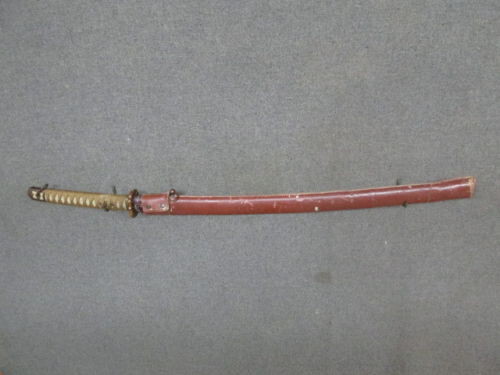
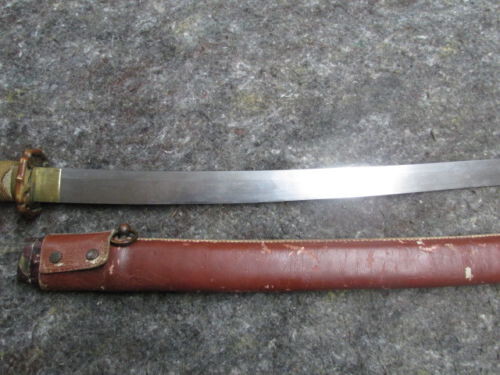
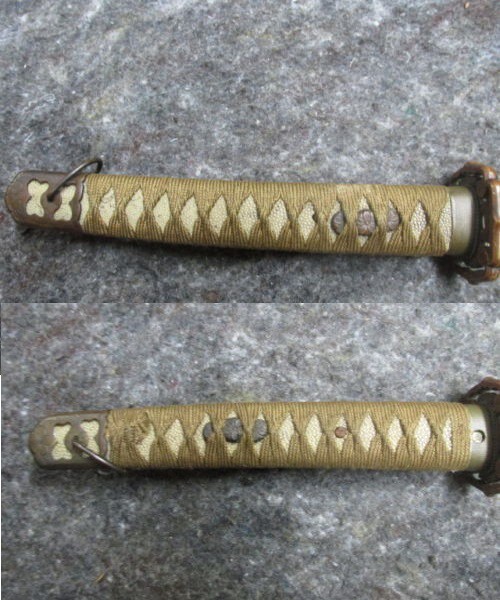

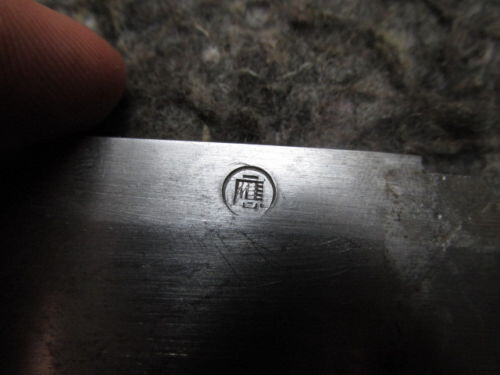
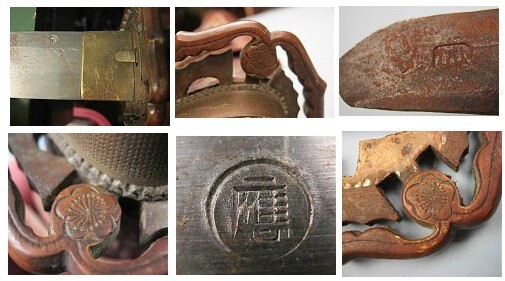





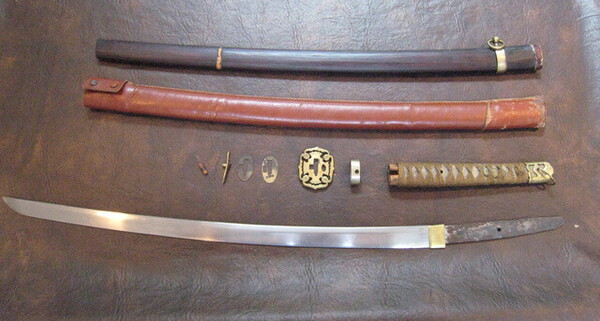

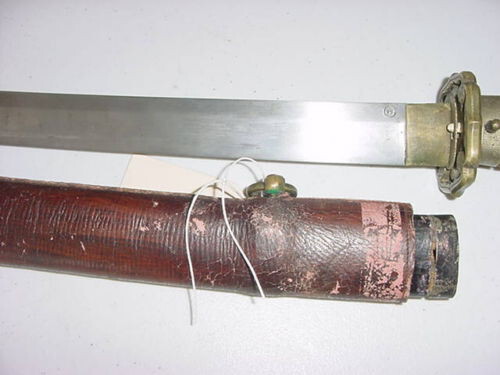
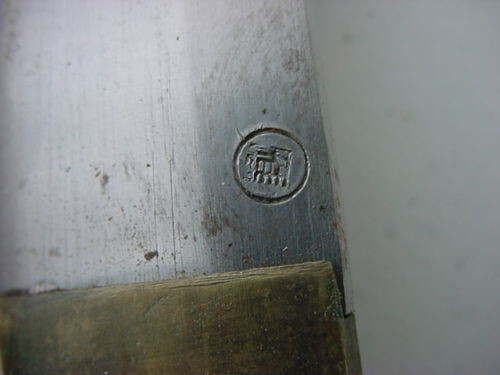
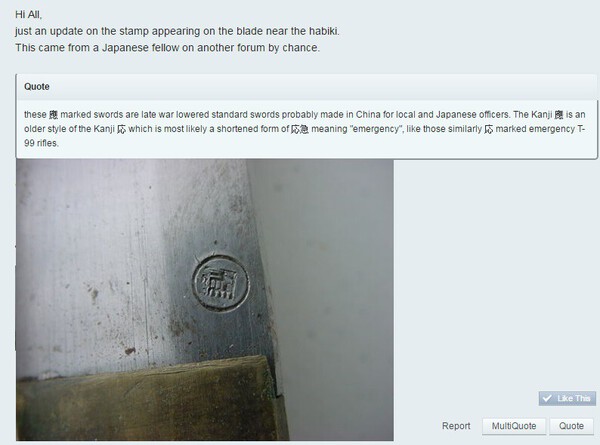





.thumb.jpg.d9e90515dfbc4a19c76c0049c32bc53b.jpg)
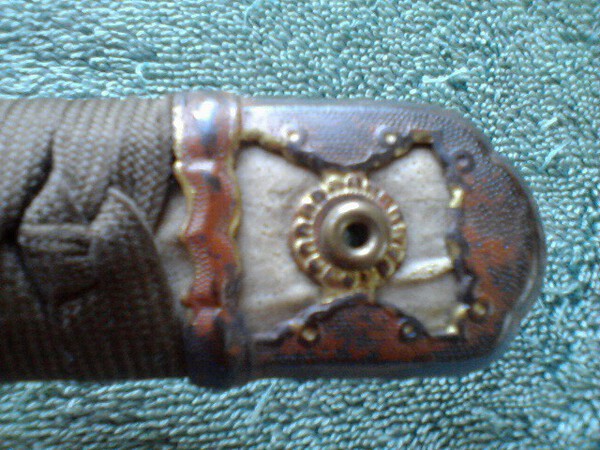



.thumb.jpg.3c51d8b69790dd79eed771483790ea2f.jpg)
